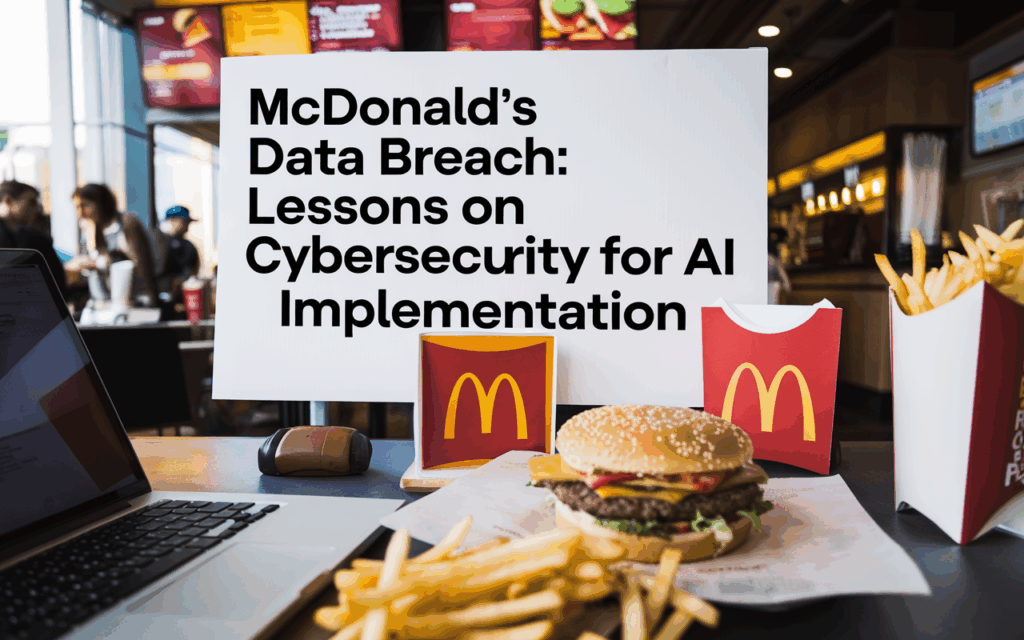🚨 McDonald's Data Breach: A Cautionary Tale for AI Implementations 🚨
In today's digital landscape, where convenience meets technology, the recent vulnerability discovered in McDonald's AI-powered job hiring chatbot shines a startling light on the importance of cybersecurity. 💻🔐 Security researchers Ian Carroll and Sam Curry stumbled upon a critical flaw that could have exposed the personal data of 64 million job applicants. Yes, you read that right—64 million!
The Shocking Flaw: Password Weakness ⚠️
Imagine an AI system designed to streamline the hiring process using a password as predictable as "123456." That's precisely what Carroll and Curry found while conducting their security review of the chatbot named McHire, designed by Paradox.ai. This basic flaw allowed the researchers to gain access to sensitive personal information, including names, email addresses, home addresses, and phone numbers of job applicants. The fact that such a weak password could facilitate a breach is not just embarrassing for McDonald's but highlights a serious lapse in cybersecurity protocols.
According to Carroll and Curry, the discovery was made during a "cursory security review" of just a few hours. This points to a larger issue of firms not prioritizing security in AI systems. 🤔 Could a little diligence have prevented such a significant breach? Absolutely!
Prompt Response but Not Enough 🚑
In response to the breach, Paradox.ai stated that they resolved the issue within hours and assured that no candidate information was leaked online. However, the damage from such vulnerabilities extends beyond immediate public exposure. The mere existence of this flaw raises critical questions about the robustness of security measures in place for AI systems that handle sensitive personal data.
Lessons Learned 📝
-
Prioritize Strong Passwords: Simple passwords are a hacker's best friend. Companies must enforce stronger password policies to safeguard critical data.
-
Conduct Regular Audits: Routine security audits not only highlight flaws but also reinforce a culture of vigilance within tech-driven companies.
-
Install Layers of Security: Implementing multiple layers of security protocols can provide additional safeguards even if one fails.
-
Educate Users: Inspiring users and stakeholders to adopt vigilant cybersecurity habits can be crucial in preventing data breaches.
The Bigger Picture 🌍
This incident raises fundamental questions about our reliance on AI and its implications for data security. AI is undoubtedly reshaping industries, but without stringent security frameworks, we may be setting ourselves up for failure. This isn't just a McDonald's problem; it’s a wake-up call for businesses across all sectors embracing AI.
As we move forward, we must ensure that the adoption of AI is coupled with a robust commitment to cybersecurity.
What do you think can be done to improve AI security? Let’s hear your thoughts in the comments!
👉 Stay tuned for more insights on tech and data safety!
#AI #Cybersecurity 🌐🔒

More Stories
Meta’s AR Ambitions and AI Safety: Insights from the Equity Podcast
Insight Partners Data Breach: A Wake-Up Call for Cybersecurity Awareness
Lovable’s Ascendancy: Anton Osika at TechCrunch Disrupt 2025